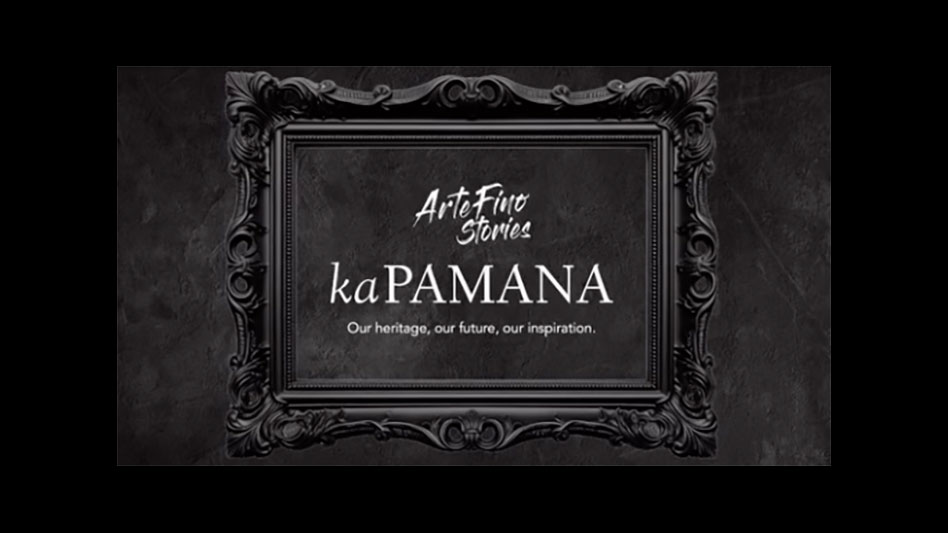
ARTEFINO, one of the highlights of the circuit of artisanal fairs in the city since 2017, returns on Aug. 22 to 25 at The Fifth at Rockwell, Makati.
This year, they’re revamping their “Pamana” (inheritance) theme (launched back in 2018) with “Kapamana.”
“When we briefed our brand partners about Kapamana, it felt like a full circle moment for us,” said Marimel Francisco, Artefino co-founder in a release. “We have always talked about instilling culture and heritage in the next generation. The focus remains the same, but we are turning the spotlight on contemporary expressions that are rooted in our history. It’s essentially heritage, but not in an old-fashioned way.”
Cedie Lopez-Vargas, Artefino co-founder, in an interview with BusinessWorld on Aug. 1 at the fair’s launch at the new SoFA (School of Fashion and the Arts) Design Institute campus in Rockwell, discussed how they make the idea of heritage fresh: “We’re not just talking about craftsmanship and artisanship. We’re taking the conversation to a higher level. What are we leaving behind for the next generation? You’re not just leaving behind crafts and tradition. What kind of world are you leaving?
“When you think about dressing up, you think in terms of ‘what can I upcycle, what can I refresh,’ rather ‘what can I buy that’s new?’”
While showcasing about 100 brands this year, one of their highlights precisely summarizes that thought: HeArteFino (the fair’s CSR arm) will serve as a platform for a limited edition collection by artist Patty Eustaquio for Bayo Atelier. Natural fabrics printed with Ms. Eustaquio’s artwork (in biodegradable ink) were combined with native-woven textiles, with a zero-waste directive. The combination meant avant-garde silhouettes (because of the necessity with working with the fabric’s shape as-is), multiple ways to wear them, and limited numbers.
Artefino is one of the pillars that make Filipino aesthetics cool right now: it began in the 2010s, and now in the 2020s, it’s no longer uncommon to see Filipiniana-inspired clothes in the street, which used to be dominated by Western and East Asian styles. We asked Ms. Lopez-Vargas how Artefino had a hand in this, and said, “We like to think we created more awareness for that movement, by trying to find ways to contemporize how you dress Filipino,” she said.
As we spoke to her, we pointed to her skirt, which resembled the tapis worn with the traditional Traje de Mestiza dress. She corrected us, saying that it was actually an apron — inspired by the tapis, yes, but with more practical pockets. “It’s not costumey, it’s not too contrived.” — Joseph L. Garcia



